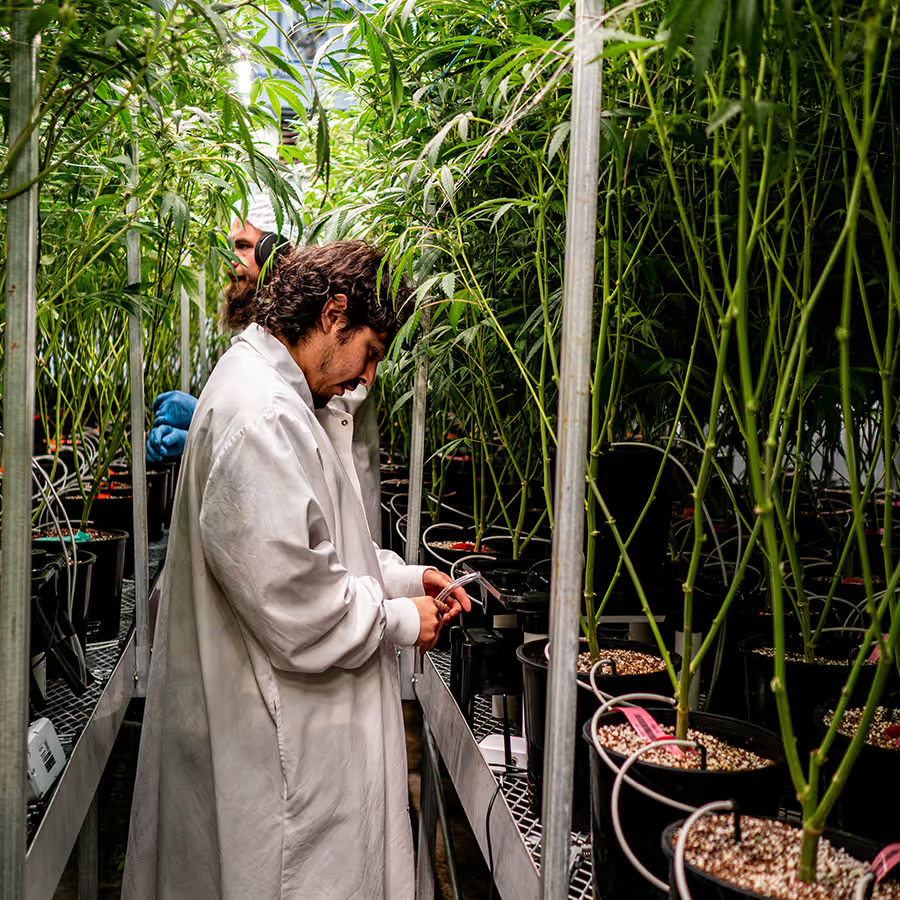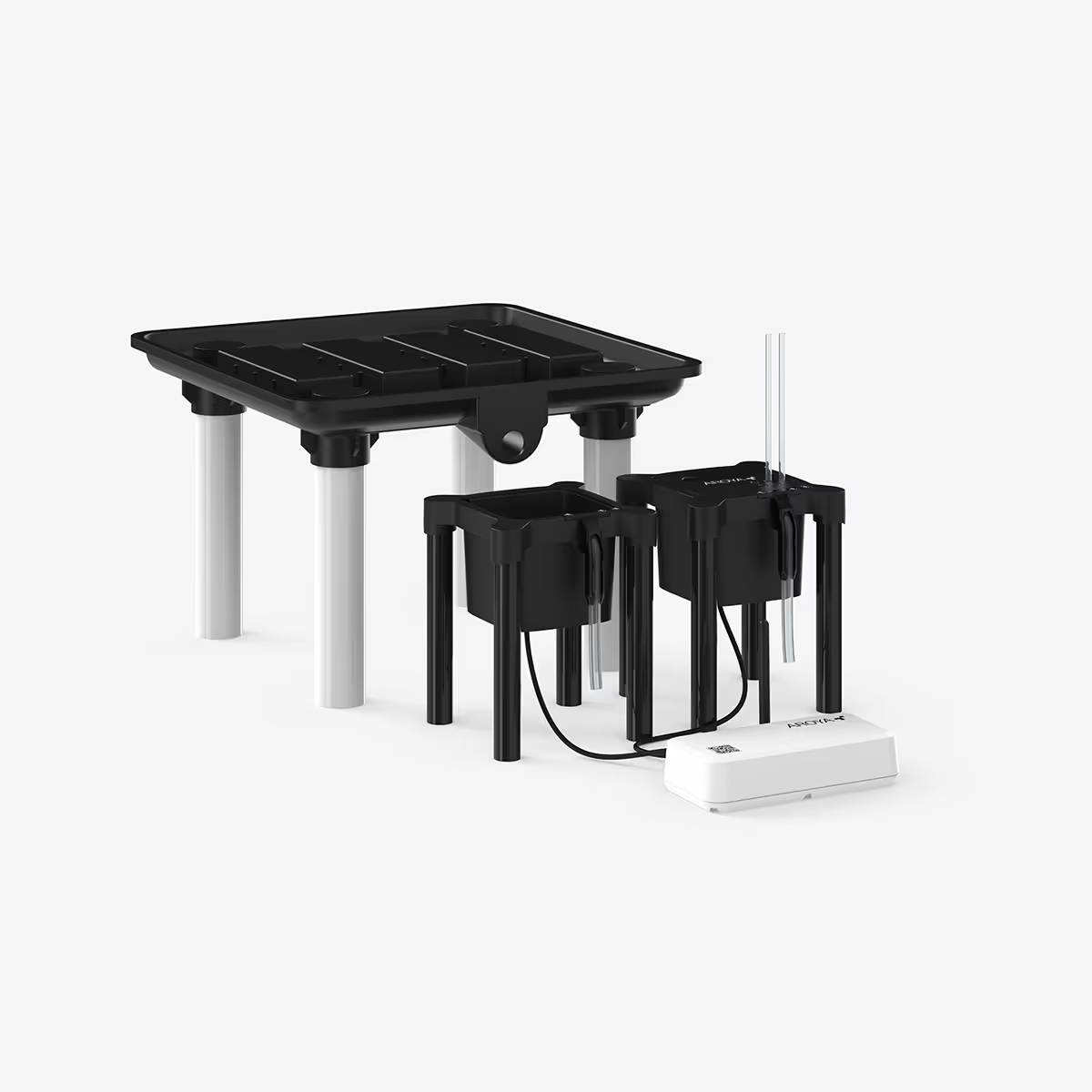Drip and Drain Station
The complete, comprehensive irrigation picture.
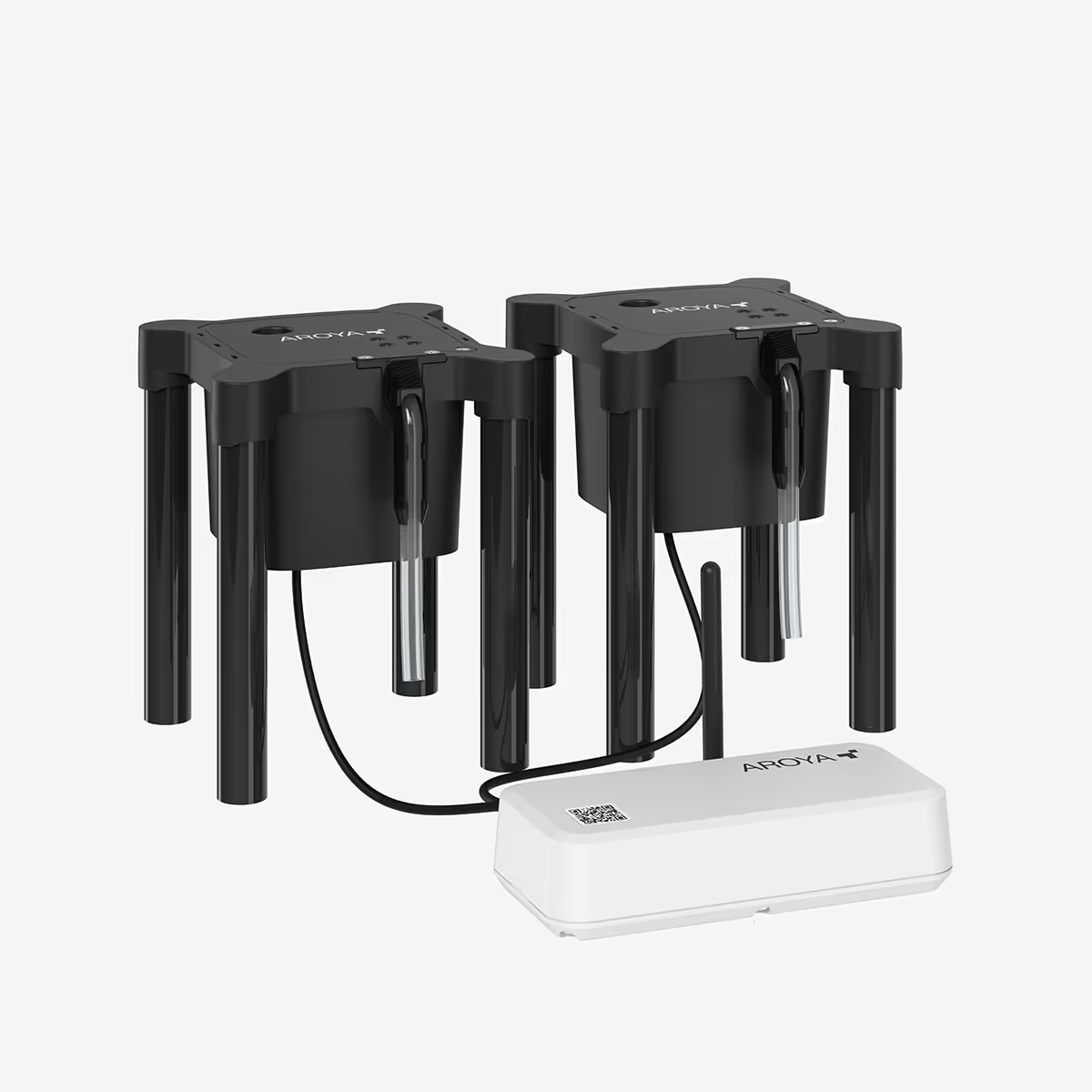
Go beyond the substrate. The drip and drain station automatically collects real-time EC and irrigation volume data from both feed and runoff.
It’s the only way to get up-to-the-minute, always-accurate view of your irrigation execution – with no manual monitoring or math.
End-to-end irrigation visibility.
AROYA’s drip and drain station meticulously tracks the volume of water applied, runoff volume, and EC data at both ends.
Combined with data collected from within the substrate, data from the station can tell growers how much a plant drinks, how EC levels changed before and after irrigation, how precise your controls are, and more.
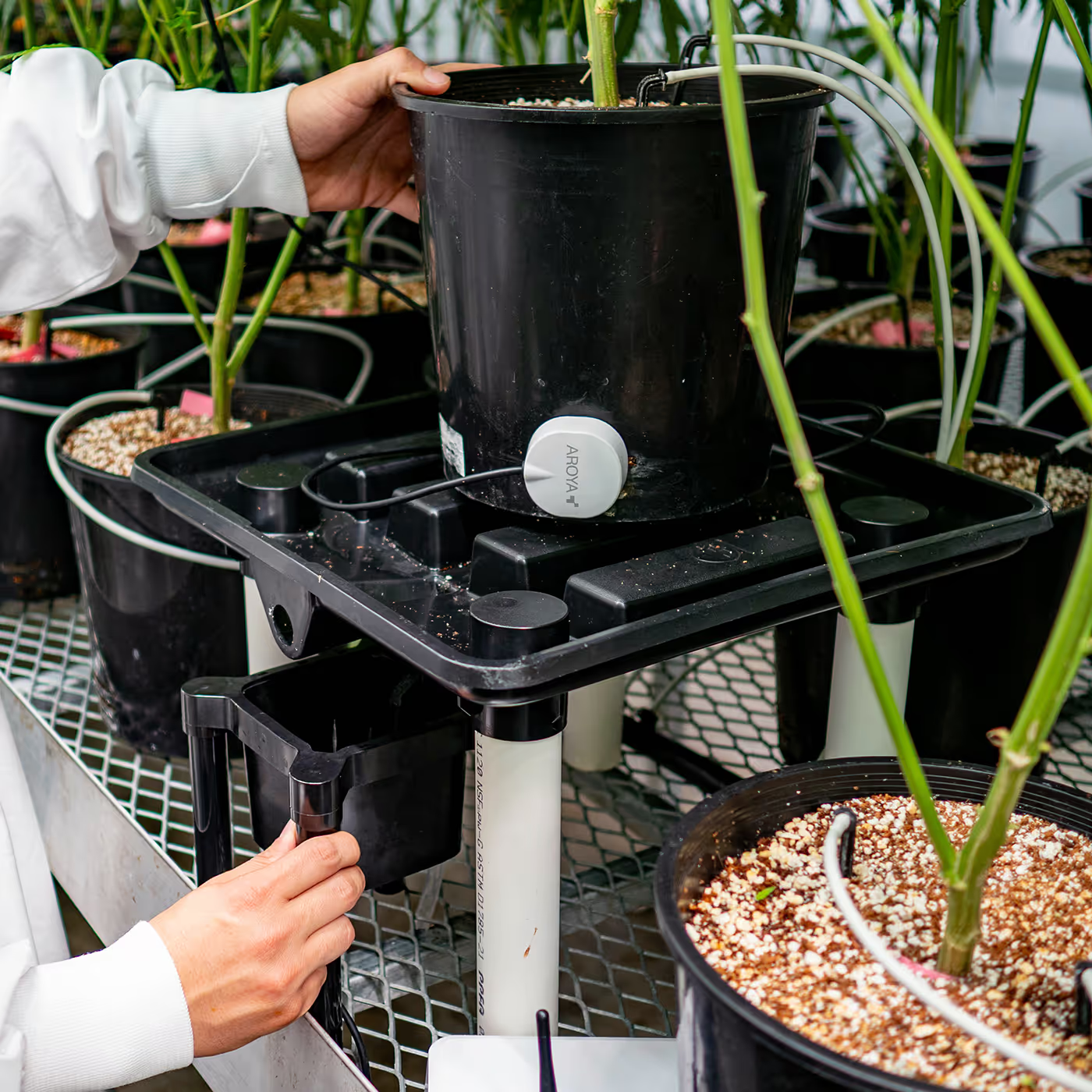
Happening now: Real-time runoff data.
Unlike time consuming manual methods that only give one or two data points per day, the drip and drain station continuously measures both inflow and outflow.
AROYA’s live data enables you to adjust your irrigation strategy on the fly, in response to real-time root zone conditions – not the bucket test from yesterday morning.
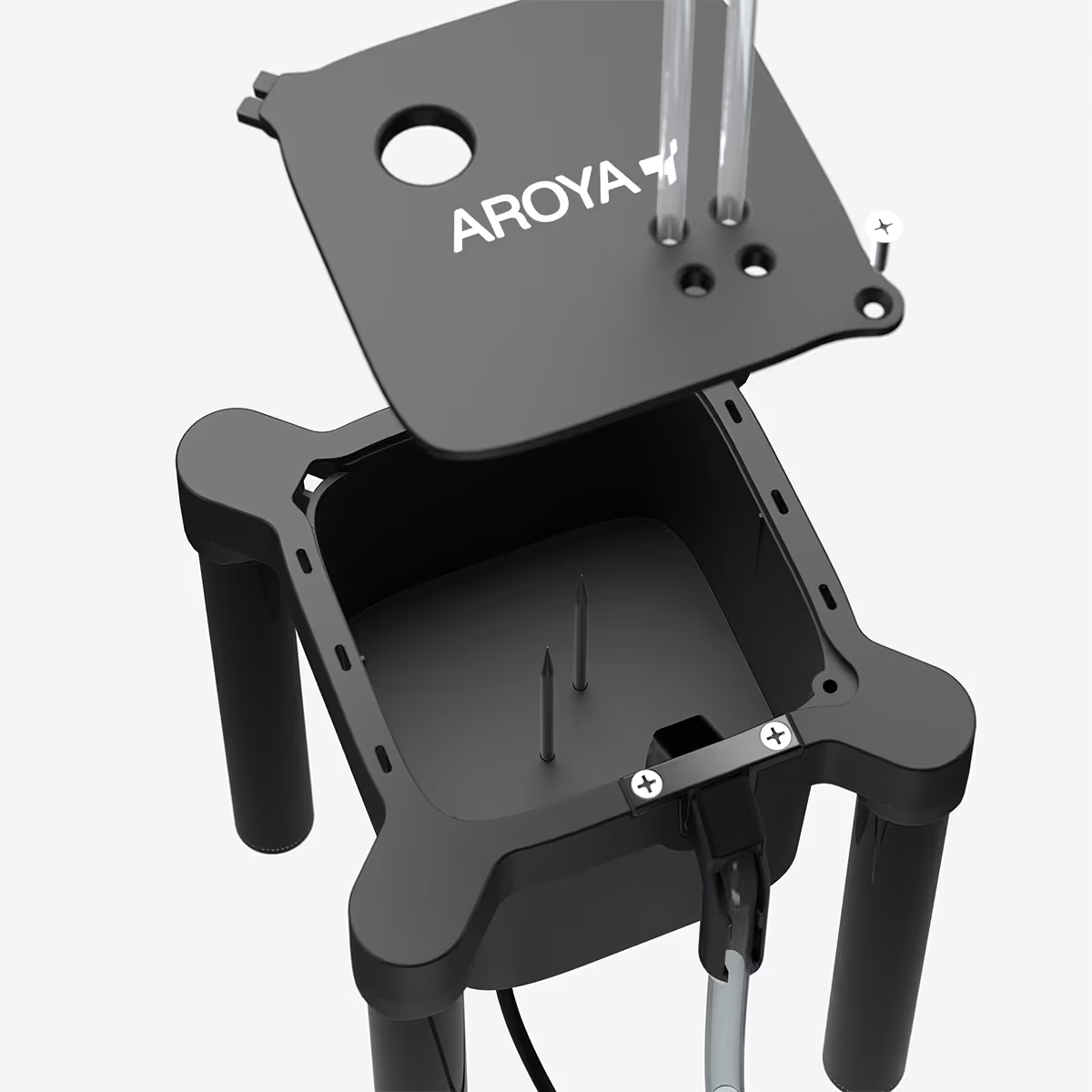
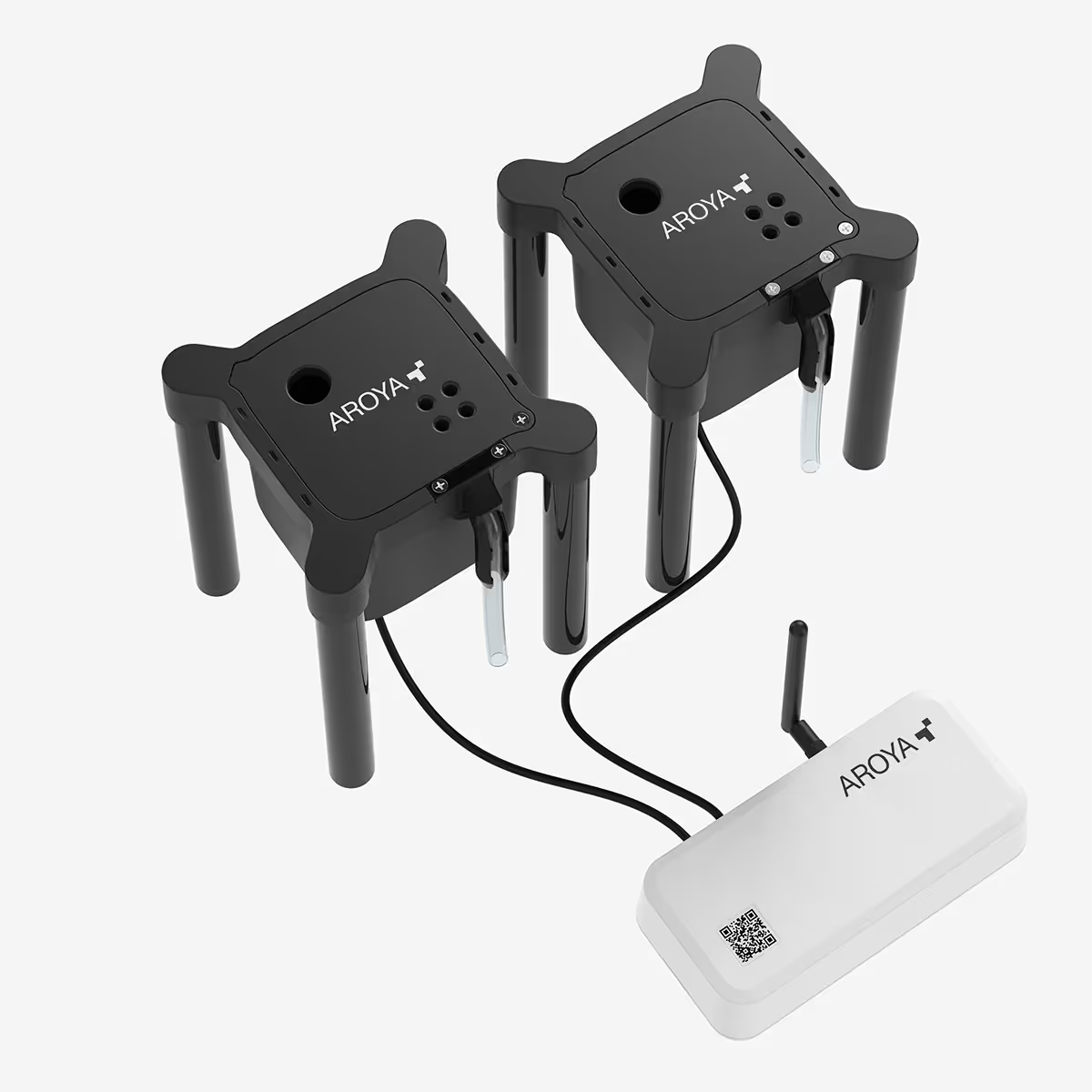
Next-level root zone transparency.
The station collects a detailed view of every individual irrigation event, tracks the precise volume of water applied and drained, then graphs how much water the plant actually absorbed.
And don’t forget nutrients: The station tracks feed EC, substrate EC, and drain EC for a holistic view of nutrient movement and plant uptake.
Absolute precision, unquestionable proof. AROYA’s patented TEROS ONE technology gives the drip and drain station unrivaled EC data accuracy – even in extreme conditions where other sensors fail.
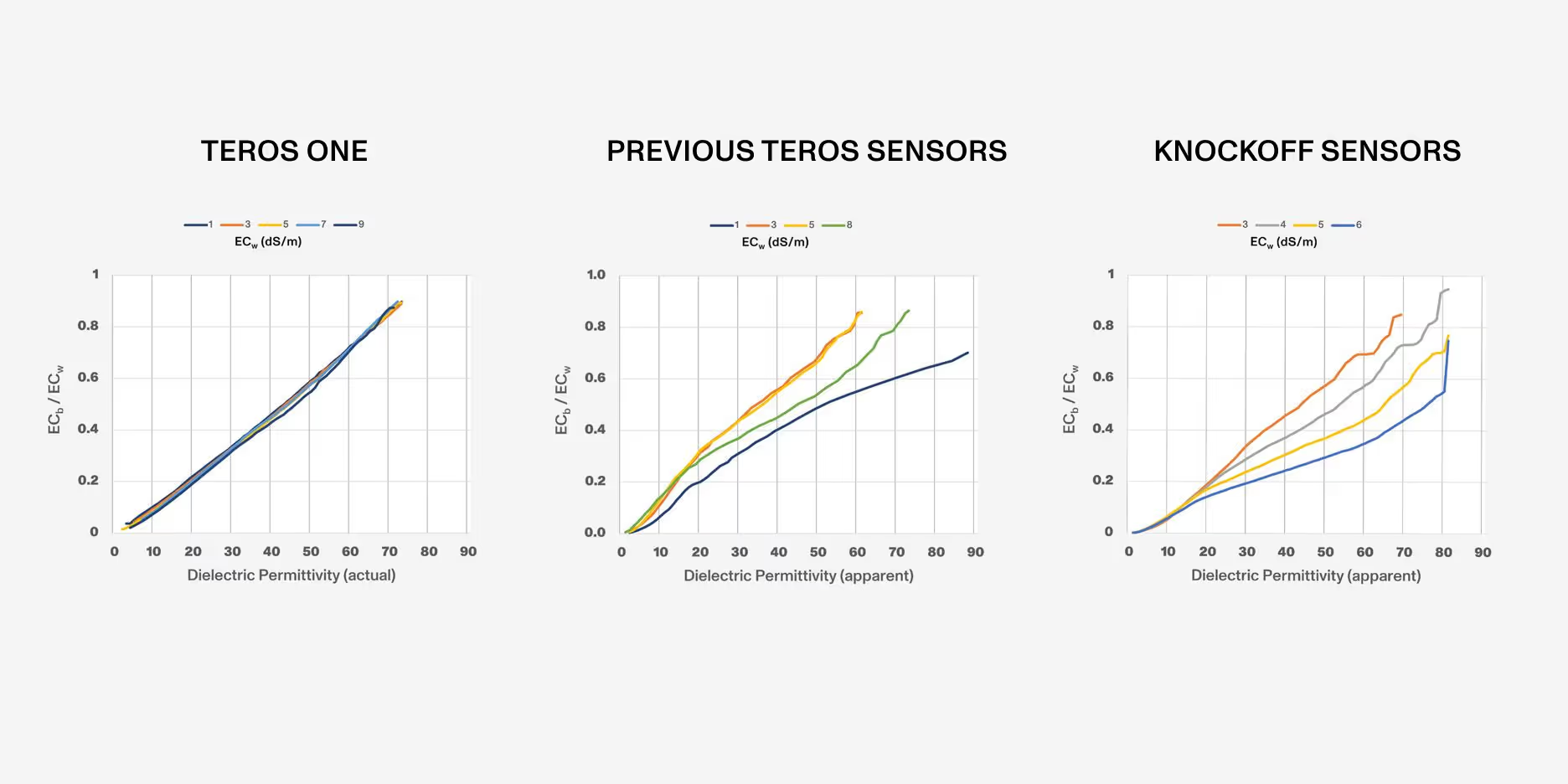
Field capacity is a moving target. Hit it anyway.
Field capacity fluctuates widely depending on substrate and conditions, and estimating it based on VWC is imprecise and risky.
The drip and drain station sidesteps the issue by using real-time runoff data to track field capacity.
When runoff begins, field capacity has been reached – simple.
Now you can stack and dry back with complete peace of mind.
